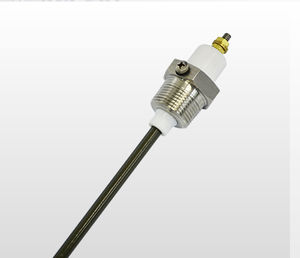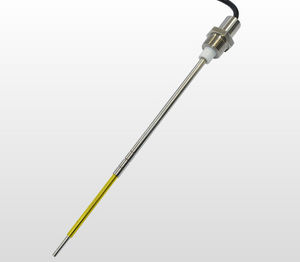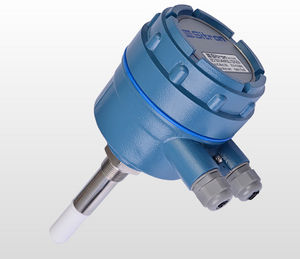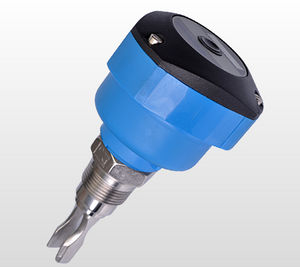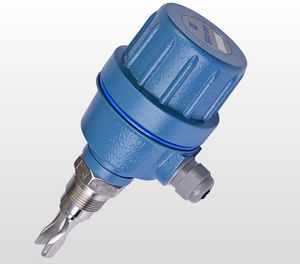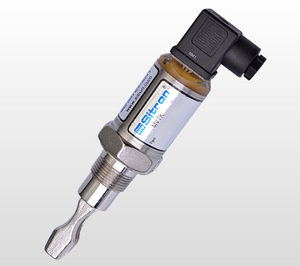
- Products
- Catalogs
- News & Trends
- Exhibitions
Capacitive level switch SC400for liquidsfor solidsaluminum

Add to favorites
Compare this product
Characteristics
- Technology
- capacitive
- Medium
- for liquids, for solids
- Material
- aluminum
- Mounting
- threaded, flange, insertion
- Other characteristics
- high-temperature, high-pressure, IP65, rugged
- Process temperature
Max.: 120 °C
(248 °F)Min.: -10 °C
(14 °F)- Process pressure
Max.: 20 bar
(290.08 psi)Min.: 0 bar
(0 psi)
Description
The SC400 (w/ G1 aluminum housing) with LV400 relay controller is designed to signal, monitor or detect the level of a wide variety of solids or liquids.
The SC400 features a robust wetted part that is well suited for high pressure and high temperature applications. Built with high mechanical resistance, the SC400’s can be applied in various products such as cement, sand, coal, grains, etc. For level detection of aggressive or corrosive products, the insertion length and connection can be coated with PTFE.
The LV400 controller features a relay output and SPDT switch as well as a sensitivity adjustment. It is available in three models for either 24Vdc, 110Vac or 220Vac supply voltages.
Application: Level Detection for Solids and Liquids
Operating Voltage: LV400: 24Vdc (+/- 10%) 110 or 220Vac (50/60Hz)
Consumption: 2VA
Adjustment: Sensibility
Sensitivity: 0 to 5pF
Level Indication: LED ON/OFF
Output: Relay (SPDT) 5A-250Vac
Electrical Connection: Cable Gland - 1/2” NPT or M12 connector
Process Connection: 3/4” to 1 1/2” BSP or NPT Flange or Sanitary
Wetted Parts: 316SS, PTFE or Halar Coated
Enclosure: Relay : ABS (Resistant thermoplastic)
Housing: Aluminum
High level alarm
Low level alarm
Pump protection
Leak detection
Overflow alarm
Supply line control
Fill/Drain control
Lubricant monitoring
Cooling water monitoring
On/Off valve monitoring
Oil level detection
Catalogs
SC400 - N1 Housing
2 Pages
Sitron 2016 Line Card
28 Pages
Related Searches
- Level limit switch
- Pressure transmitter
- Liquid level limit switch
- Analog pressure transmitter
- Membrane pressure transmitter
- Relative pressure transmitter
- Stainless steel pressure transmitter
- Waterproof pressure transmitter
- Level transmitter
- Stainless steel level limit switch
- Digital pressure transmitter
- Liquid level transmitter
- Threaded level limit switch
- Gas pressure transmitter
- Liquid pressure transmitter
- Analog level transmitter
- Threaded pressure transmitter
- Process pressure transmitter
- Sensitive element pressure transmitter
- Compact pressure transmitter
*Prices are pre-tax. They exclude delivery charges and customs duties and do not include additional charges for installation or activation options. Prices are indicative only and may vary by country, with changes to the cost of raw materials and exchange rates.








